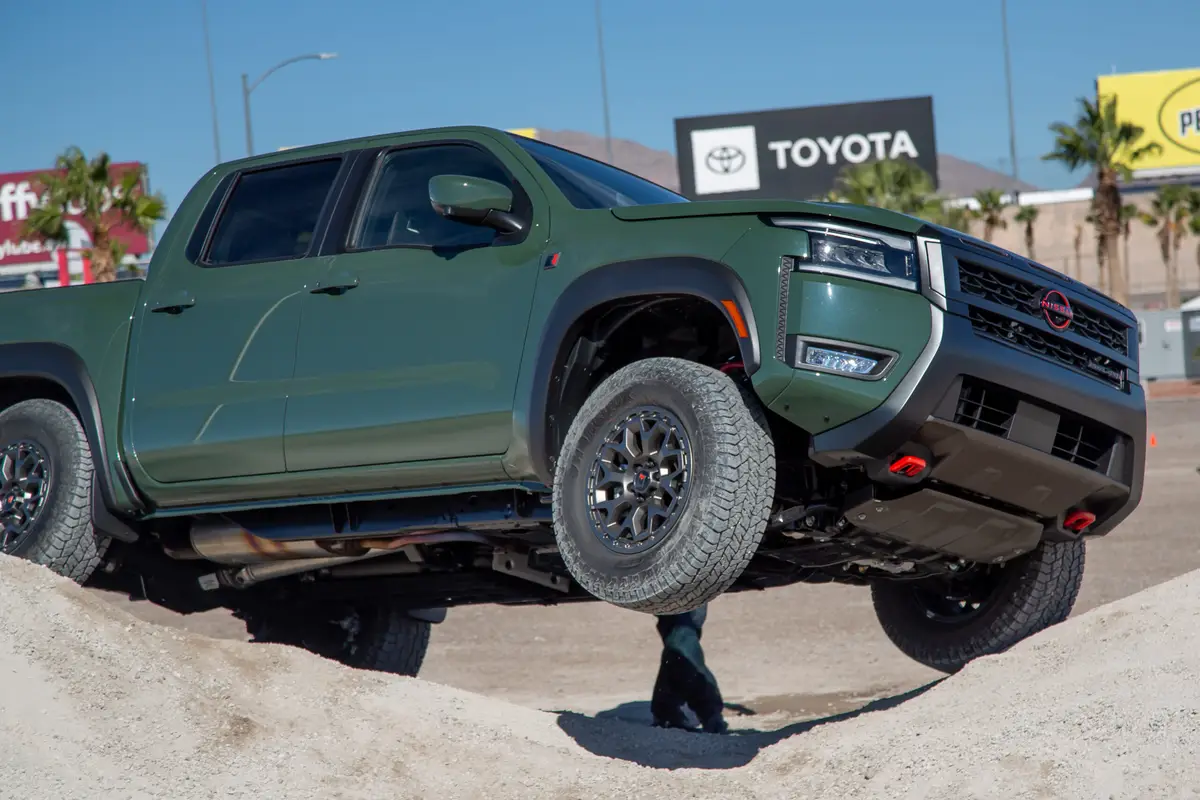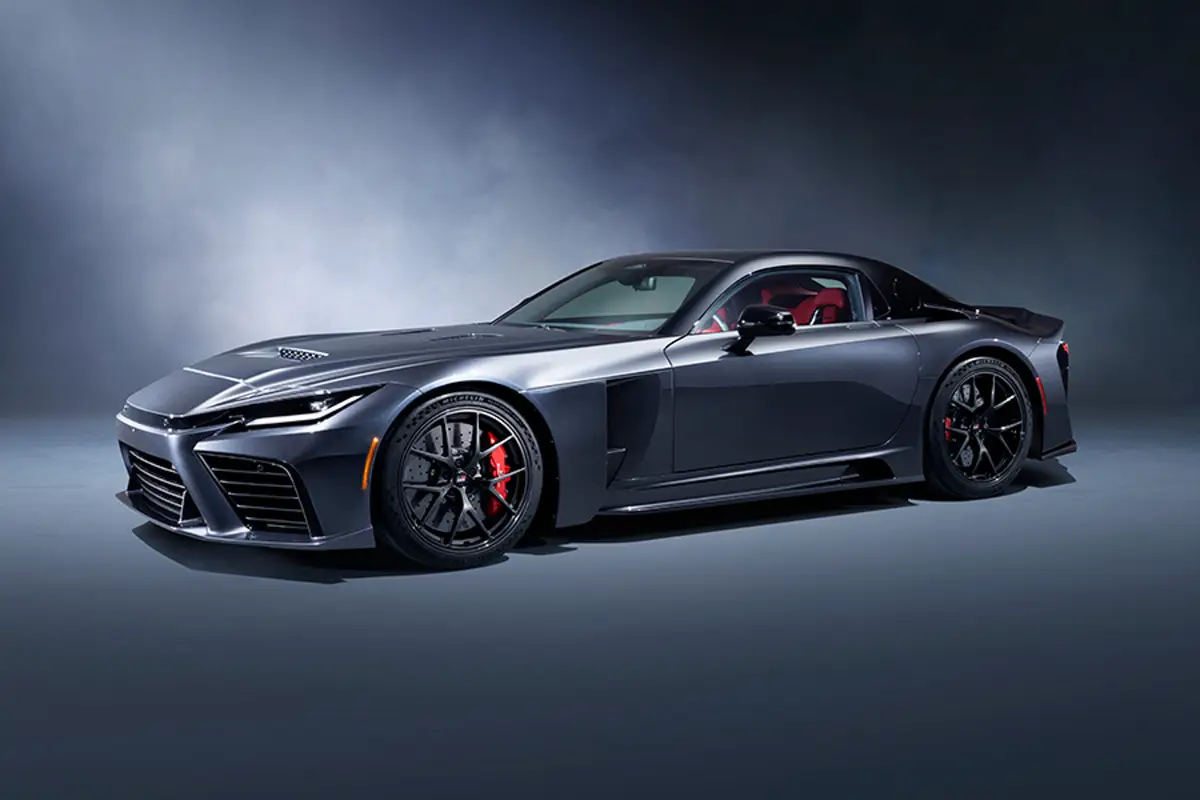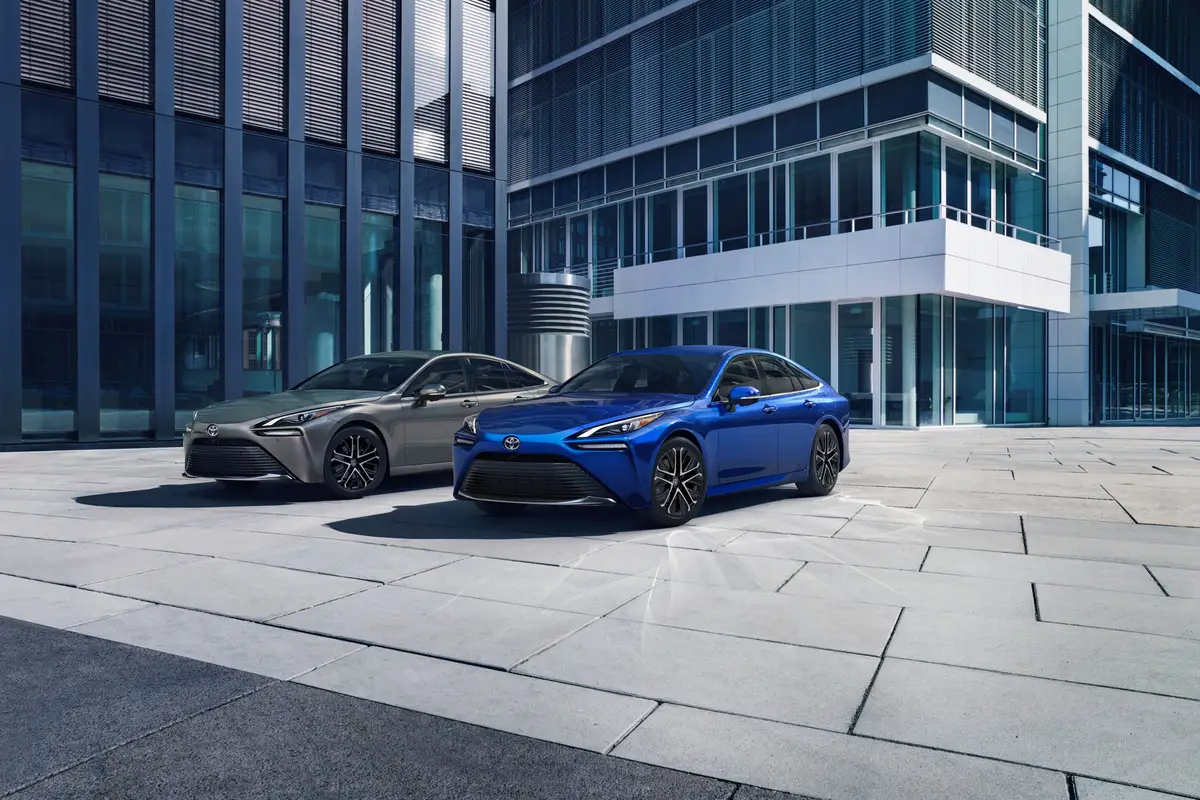Star-Telegram.com's view
As Buick’s best-selling car for at least the past decade, the full-size LeSabre sedan has one of the most loyal followings in the car industry.
More than a million of these cars have been sold in the past 10 years, but the average age of buyers has been 66, something that Buick and General Motors corporate marketing strategists know has to change if the Buick brand is going to remain viable.
Baby boomers, it seems, just aren’t jumping into Buicks the way their parents have, and even now that boomers are aging, they still seem to prefer their imports — such as the Toyota Camry, Lexus ES 300, Honda Accord, Toyota Avalon and so forth.
Now comes the 2000 LeSabre, one of the first cars on the market to bear the 2000 model-year distinction, and Buick has high hopes that this LeSabre will combine the best of two centuries and two worlds: the attributes of the previous LeSabre that attracted the post-60 crowd, and enough new and slightly daring changes to endear this car to an entirely new crop of buyers: the now-graying kids of current and past LeSabre owners.
Buick marketers probably would have let out a collective groan to hear my significant other’s initial assessment of the new LeSabre as “my parents’ kind of car,” but unfortunately, that’s the stigma the car has to overcome.
It still is a big, comfortable family car that (in base form) seats six full-size adults in relative comfort, cruises over bumps and potholes with the grace one would expect of a Buick, and moves along at a crisp, if not breathtaking, rate of speed when the gas pedal is goosed.
But there are some styling cues designed to appeal to the younger set without turning off older folks who are considering trading their current LeSabres for a new one.
Gone is the boring, straight, ’70s-era dashboard and instrument panel, replaced by a curved dash and cockpit-style instrument cluster that are clearly reminiscent of some other modern, baby-boomer-aimed GM cars such as the wonderful Oldsmobile Aurora.
Designers have dispensed with the gratuitous chrome exterior trim that is as passe as disco dancing, replacing it with flush door handles, body-color trim and curvacious lines that make the 2000 LeSabre a lot more stylish in an understated, late-’90s kind of way.
The new look isn’t overdone; in fact, the car still looks like a LeSabre, and unless you’re very familiar with the old one, you won’t quickly notice the changes on the new one.
Such a conservative approach was necessary, Buick marketers say, because they couldn’t afford to lose the current owner body — 53 percent of whom come back for another LeSabre when they need a new car. The danger here was in making a new model so radically different from the old one that the current owner body is repulsed, while a new crop of buyers has not yet been cultivated. Buick has already been selling 150,000 of these babies a year, making it the nation’s best-selling full-size c ar, and it would be bad business to abandon those loyal buyers on the gamble that a younger clientele would develop.
Ford made that mistake with its radical redesign of the midsize Taurus four years ago; the formerly best-selling U.S. car has never regained its former stature, and Ford has already had to tone down its looks.
So what would appeal to boomers in the LeSabre besides the subtle but modern new styling? Among other things, Buick is banking on improved ride and handling, a Limited model with bucket seats up front, sun roof, 12-disc CD changer, and such safety features as active front head restraints, side air bags for the front passengers, and four-wheel disc antilock brakes to lure young buyers into showrooms.
The strategy just might work if Buick can convince these consumers that what they really need instead of that sport-utility vehicle they’ve been lusting over is a big, roomy and comfortable sedan. The only problem standalone Buick dealers have with hat strategy, however, is that there is no big, fancy SUV in the showroom to lure those customers. Buick doesn’t sell one; doesn’t have a minivan, either. And one Buick dealer lamented to me that he never sees anyone under age 60 in his showroom.
The challenge, then, will be to get the message across to younger customers that the new LeSabre is a vehicle they just might be interested in, one that has plenty of style and substance to appeal to buyers who deem themselves to be more savvy and value-conscious than their parents or grandparents.
As in the past, the new LeSabre comes in two styles: the base Custom ($22,890 plus $615 transportation), with bench seating for six, and the Limited ($26,695, plus transportation), our test vehicle, which comes with front bucket seats and a rear bench. I liked the console between the two front seats in the Limited, something that older buyers won’t particularly appreciate, but young buyers will demand.
The only powerplant available is the 3.8-liter V-6 carried over from the previous model, but with its 205 horsepower connected to a smooth-shifting four-speed automatic transmission, the engine does an admirable job of pushing the LeSabre along at highway speeds (and way beyond).
The ride is firmer than before, and steering response is much improved, making the LeSabre feel sportier and less like a big, floaty boat. It’s still no sports car, but boomers will appreciate the handling improvements, and repeat buyers probably won’t notice that the ride isn’t quite as soft as before.
Standard equipment on the Custom includes air conditioning, AM/FM radio, power windows/mirrors/door locks, keyless remote entry, tilt steering wheel, cruise control, map lights, intermittent windshield wipers and a security system.
The Limited model include dual-zone climate control, an air-filtration system, dark walnut trim, a driver-information center, power front seats, a premium stereo system with cassette deck, and 15-inch aluminum wheels. A touring package is available, adding a rear stabilizer, stiffer springs, variable-assist power steering and 16-inch aluminum wheels.
Fuel economy is a respectable 19 miles per gallon in the city and 30 on the highway, making the LeSabre an excellent touring car.
2000 BUICK LESABRE LIMITED SEDAN
THE PACKAGE: Full-size, four-door, five-passenger, V-6 powered, front-drive sedan, redesigned for 2000.
HIGHLIGHTS: The nation’s best-selling full-size car gets moderate but stylish changes to its exterior and interior to make the new LeSabre more appealing to a younger crowd without abandoning the vehicle’s older, established owner body. There is good power from the carry-over 3.8-liter V-6 engine; a firmer ride and better handling than before; and bucket seats are standard in Limited models (the base Custom comes with six-passenger bench seating.)
NEGATIVES: Still big and much like its stodgy predecessor at fir st glance, which might keep young buyers from taking a closer look.
MAJOR COMPETITORS: Ford Crown Victoria/Mercury Grand Marquis, Pontiac Bonneville, Chrysler Concorde, Toyota Avalon.
EPA FUEL ECONOMY: 19 miles per gallon city, 30 highway.
BASE PRICE: $26,695 plus $615 transportation (Custom model, $22,890).
ON THE ROAD RATING: A.
Latest news



